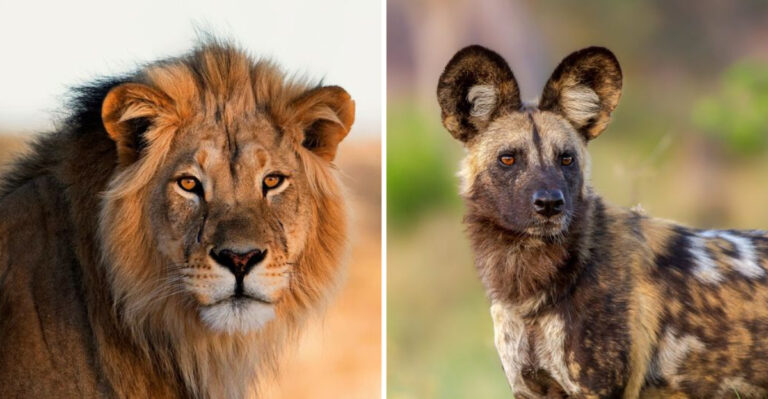10 Facts About The Elusive Black Wolf (And 5 Other Wolves Just As Strange)
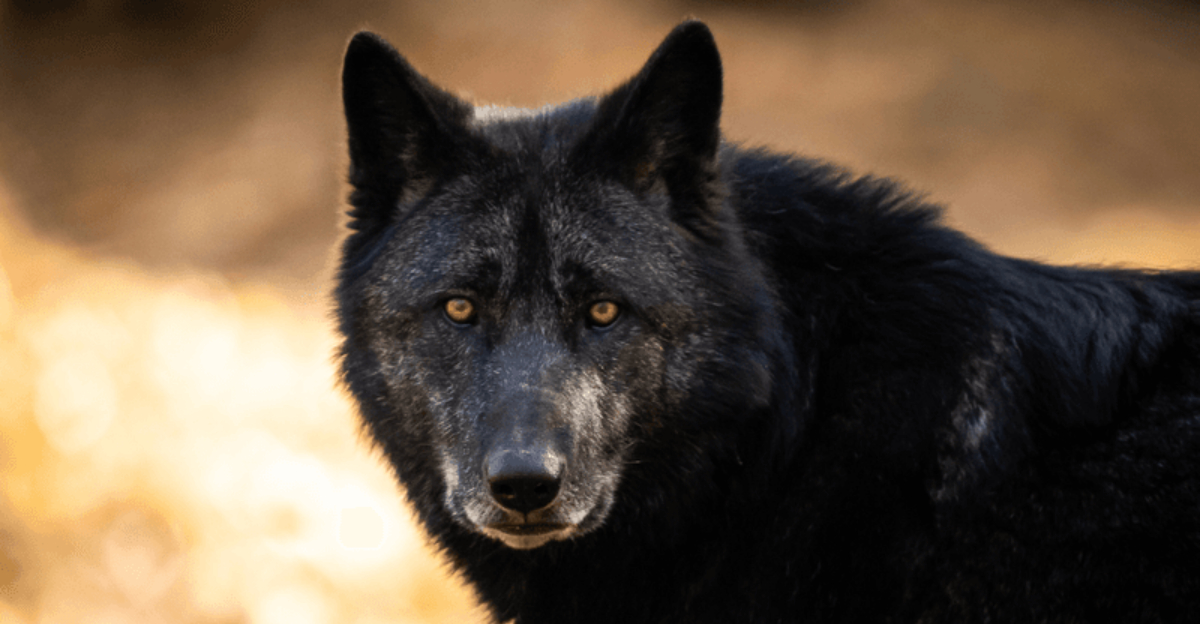
Wolves have always captured our imagination with their mysterious nature and wild beauty. Among them, the black wolf stands out as one of the most fascinating and misunderstood creatures.
These rare canines have sparked legends and curiosity across cultures. Let’s learn some surprising facts about black wolves and discover a few other unusual wolf varieties that are just as captivating.
1. Black Wolves Aren’t A Separate Species
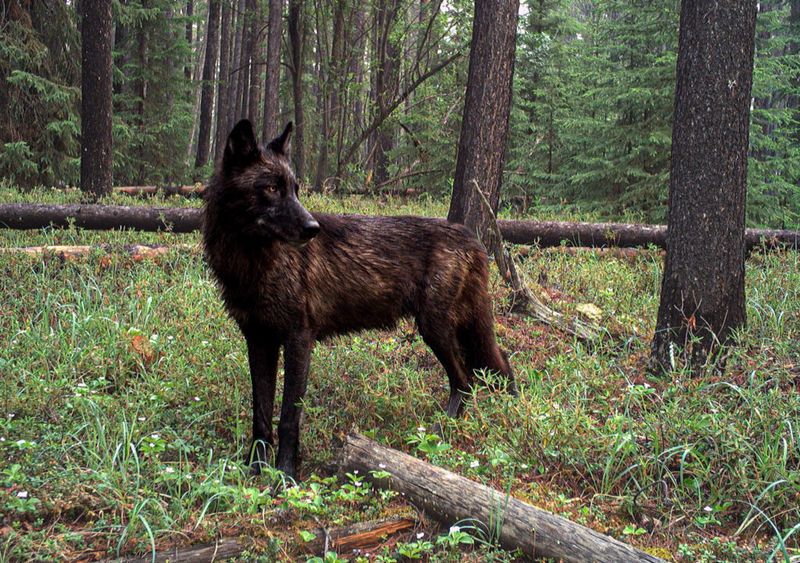
Black wolves get their striking coat from a genetic mutation, not because they’re a different species. Scientists discovered this dark fur comes from genes that domestic dogs passed to wolves thousands of years ago through interbreeding.
The black coat isn’t just for show. In certain forest environments, this coloration helps wolves blend into shadows better than their gray counterparts, giving them a hunting advantage.
2. More Common In North America
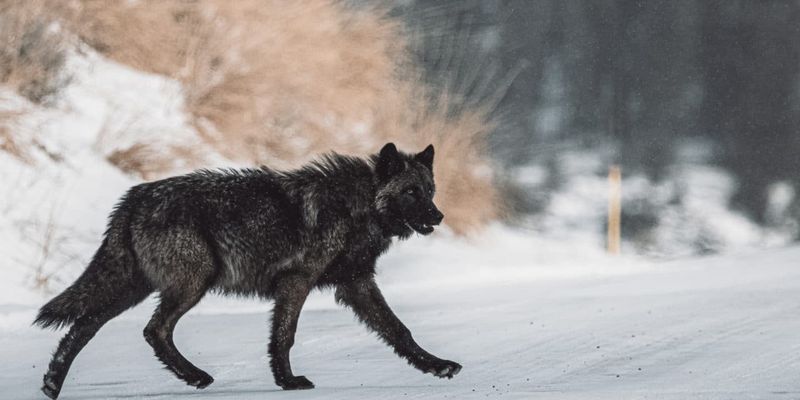
Across North America, about 20-25% of wolves sport the black coat variation, making it relatively common compared to other regions. In Yellowstone National Park, roughly half the wolf population carries this dark gene.
Meanwhile, in Europe, black wolves are exceedingly rare. The farther north you travel in wolf territories, the less likely you are to encounter these ebony-coated predators in the wild.
3. Super Immune Systems
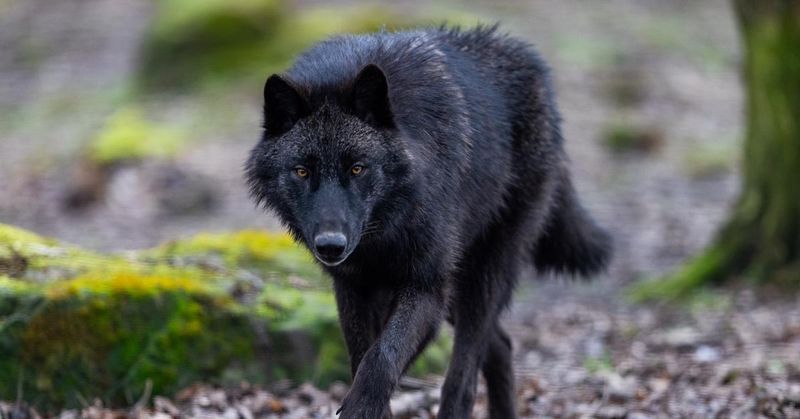
Black wolves possess a secret superpower – enhanced immune systems! The same gene mutation responsible for their dark fur also provides better resistance against certain respiratory diseases that plague wolf populations.
During the deadly canine distemper outbreaks in Yellowstone, researchers noticed black wolves had higher survival rates than their gray packmates. This biological advantage helps explain why the black coat gene has persisted despite being relatively new in wolf evolution.
4. Climate Adaptations
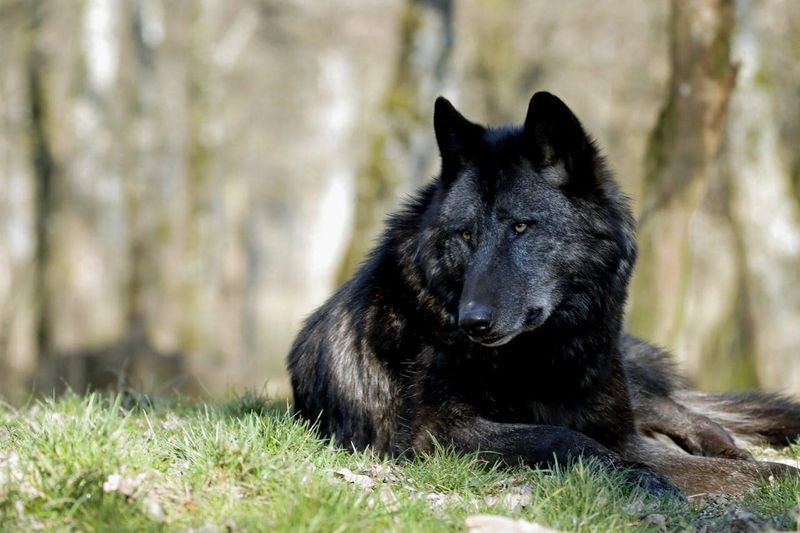
Black wolves thrive in forested regions with heavy snowfall where their dark coats absorb more sunlight and heat. This natural solar heating gives them an energy advantage during harsh winters when every calorie counts.
Gray wolves, conversely, dominate in open tundra environments where camouflage against snow is more valuable than heat retention. This explains why black wolves are more common in certain geographic regions while nearly absent in others.
5. Ancient Humans Revered Them
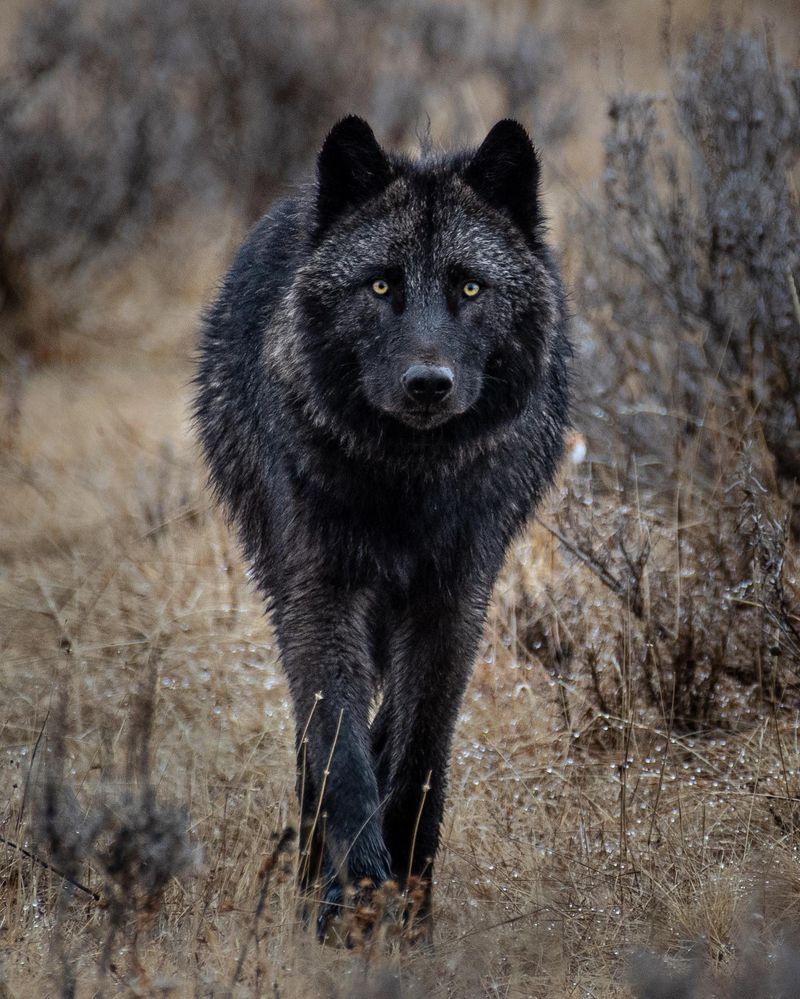
Archaeological evidence suggests many indigenous North American tribes held black wolves in special regard. Their rare appearance made them symbols of spiritual power and transformation in tribal lore.
Ceremonial artifacts featuring black wolf imagery have been discovered at sites dating back thousands of years. Some tribes believed encountering a black wolf was an omen of significant change or that these animals carried special medicine or magic.
6. They’re Not Always Completely Black
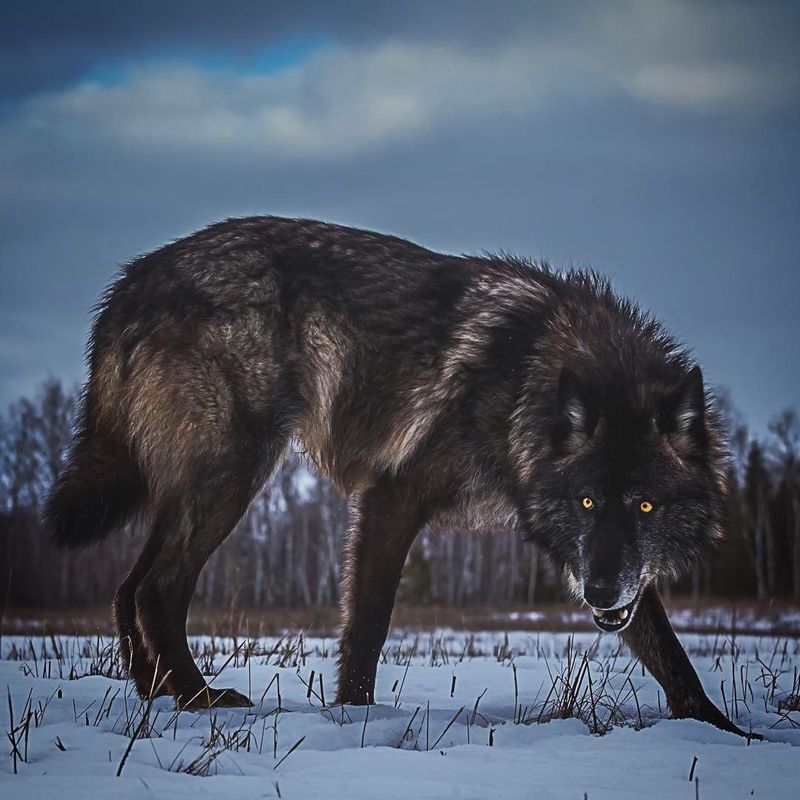
Despite their name, most “black” wolves aren’t truly jet black. Many display subtle gray or brown undertones in their fur, especially around the face, legs, and belly regions.
As they age, black wolves often develop silver-tipped guard hairs, creating a frosted appearance. Under bright sunlight, you might notice reddish or brownish highlights in their coat – proof that wolf coloration exists on a spectrum rather than in simple categories.
7. Breeding Patterns Differ
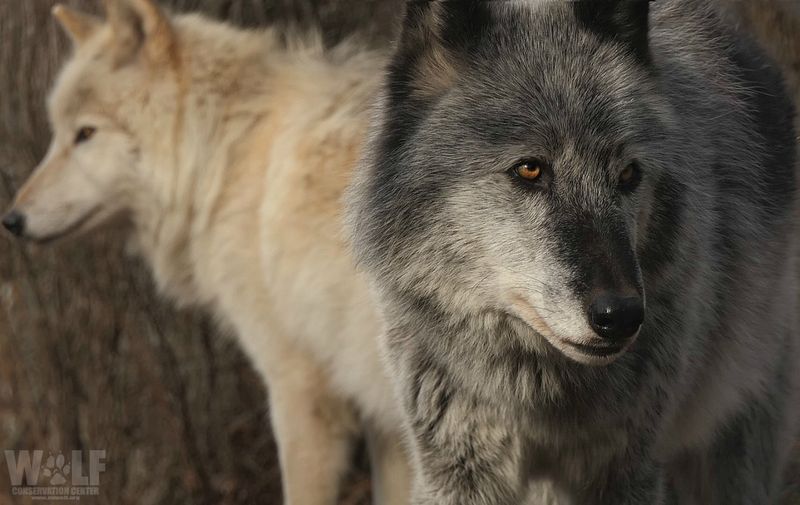
Research from Yellowstone revealed something unexpected – black wolves choose mates differently than their gray counterparts. Black females often pair with gray males, while black males frequently mate with gray females.
This pattern creates more genetic diversity within packs. Scientists believe these preferences might relate to the health benefits of carrying the black coat gene without necessarily expressing it, as wolves with one copy gain disease resistance advantages.
8. Farmers Actually Want Them Around
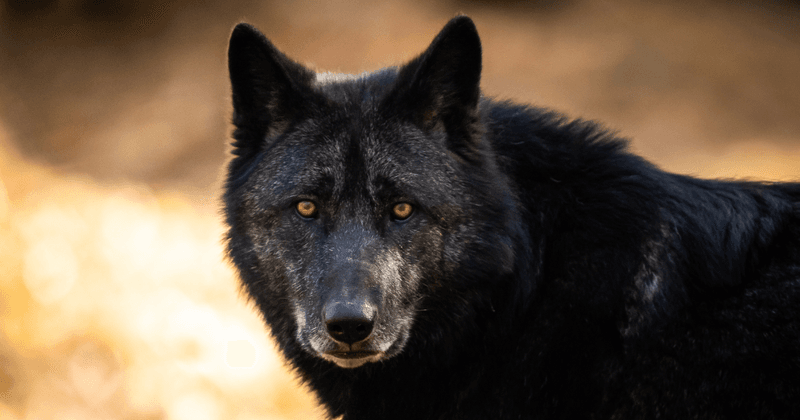
Contrary to old beliefs about wolves threatening livestock, some farmers welcome black wolves. These dark predators primarily hunt deer and elk carrying tick-borne diseases that can devastate cattle herds.
A healthy wolf population keeps deer numbers in check, reducing disease transmission to domestic animals. Some ranchers have even reported fewer livestock losses in areas with established wolf territories compared to regions where wolves have been eliminated.
9. They’re Master Communicators
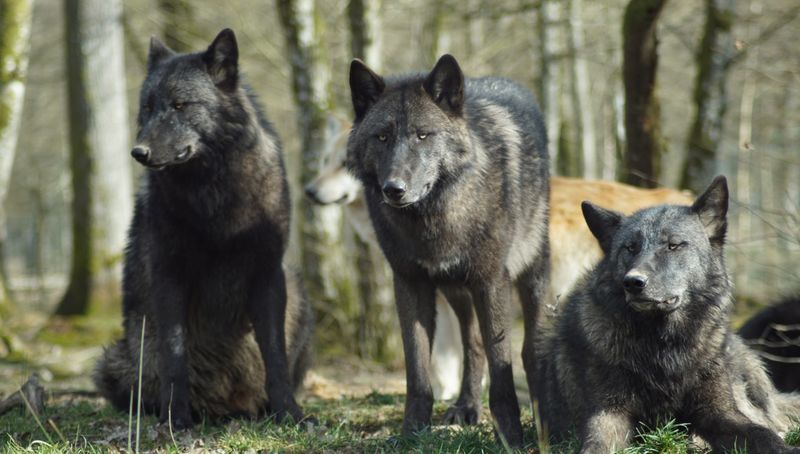
Black wolves’ communication skills rival those of primates. They use an intricate language of facial expressions, body postures, scent marking, and over 12 different vocalization types to convey specific messages.
Pack members can signal hunting strategies, danger warnings, or territorial claims through these complex exchanges. Researchers have documented unique dialects between different wolf packs, suggesting regional communication variations similar to human language development.
10. Hollywood Gets Them Wrong
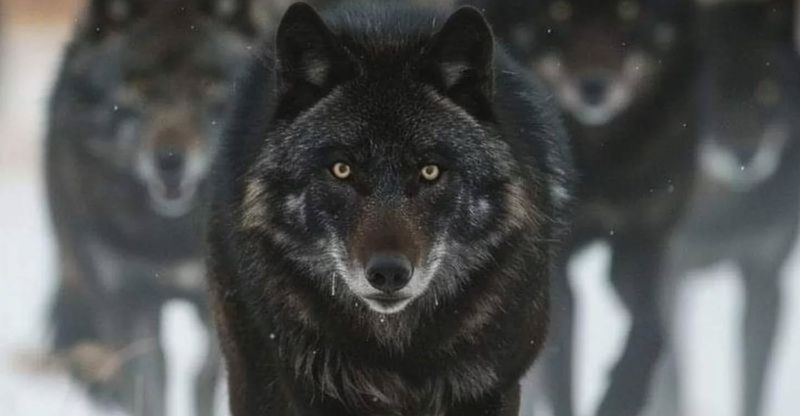
Movies typically portray black wolves as villainous or supernatural, but reality tells a different story. These animals are simply color variants with no behavioral differences from their gray relatives.
The film industry’s fascination with black wolves has fueled misconceptions about their nature. In truth, all wolves – regardless of coat color – display the same complex social behaviors, family bonds, and hunting strategies that have allowed these apex predators to survive for millennia.
11. Arabian Wolves Survive Desert Heat
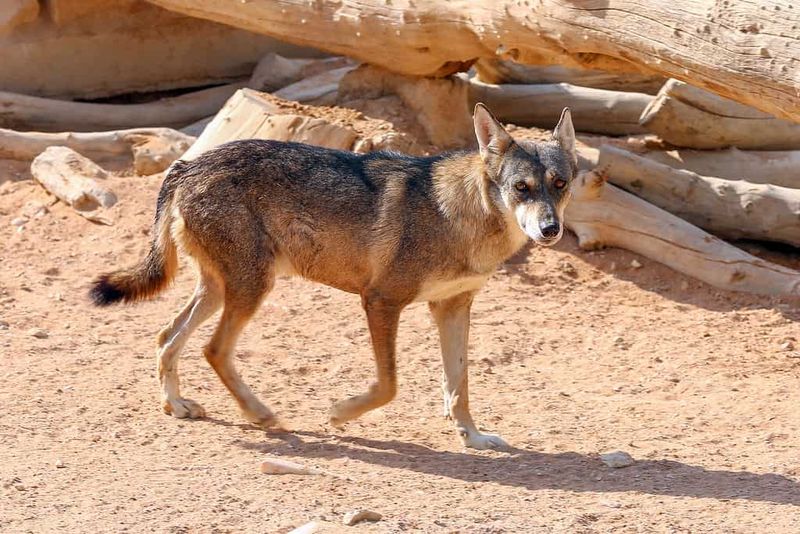
Arabian wolves have evolved remarkable adaptations for desert survival. Their pale sandy coats reflect sunlight while their bodies are notably smaller than northern wolves, helping dissipate heat more efficiently.
These resourceful predators can survive with minimal water by extracting moisture from their prey. Unlike their northern cousins who hunt in packs, Arabian wolves often forage alone or in pairs, targeting smaller desert animals and scavenging when necessary.
12. The Himalayan Wolf’s Thin-Air Advantage
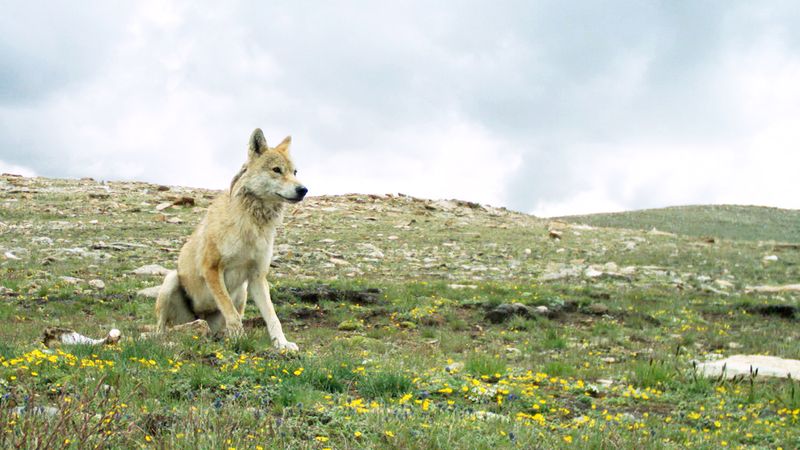
Himalayan wolves live at altitudes that would leave humans gasping for breath – up to 19,000 feet above sea level! Their specialized hemoglobin allows them to extract oxygen from thin mountain air more efficiently than any other wolf.
DNA studies reveal these high-altitude specialists diverged from other wolves over 800,000 years ago. Their genetic adaptations are so unique that some scientists argue they should be classified as an entirely separate species rather than a subspecies.
13. Red Wolves Face Extinction
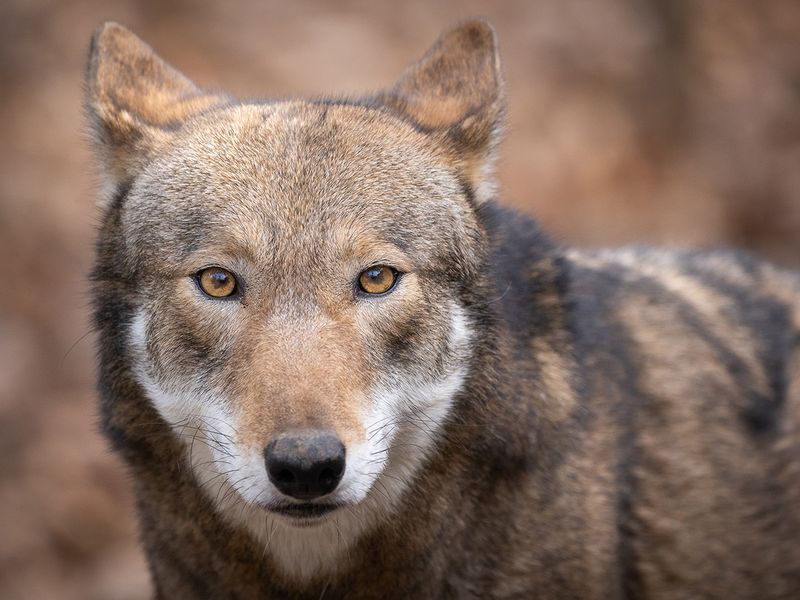
America’s red wolf teeters on the brink of extinction with fewer than 20 individuals remaining in the wild. These russet-colored canids once roamed throughout the southeastern United States before habitat loss and persecution decimated their population.
Conservation efforts include captive breeding programs and protected reintroduction sites. The red wolf’s biggest threat today isn’t hunters but genetic dilution through hybridization with coyotes, slowly erasing their unique genetic identity.
14. Japanese Wolves Vanished Mysteriously
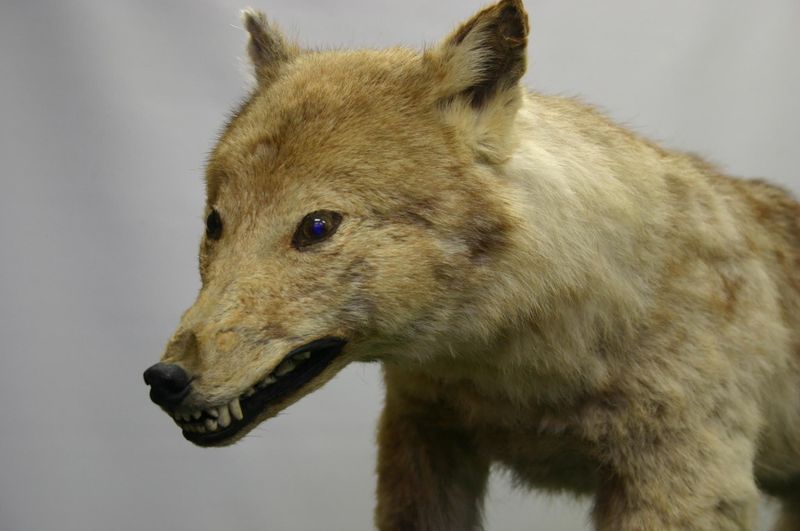
Japan’s native wolves disappeared under mysterious circumstances in the early 1900s. The Honshu wolf – the smallest wolf subspecies ever recorded – stood just 12 inches tall and had distinctively short legs adapted to Japan’s mountainous terrain.
Many Japanese still report occasional sightings despite official extinction declarations. The wolves hold spiritual significance in Japanese culture as mountain guardians, with hundreds of shrines dedicated to them throughout the country.
15. The Maned Wolf Isn’t Actually A Wolf
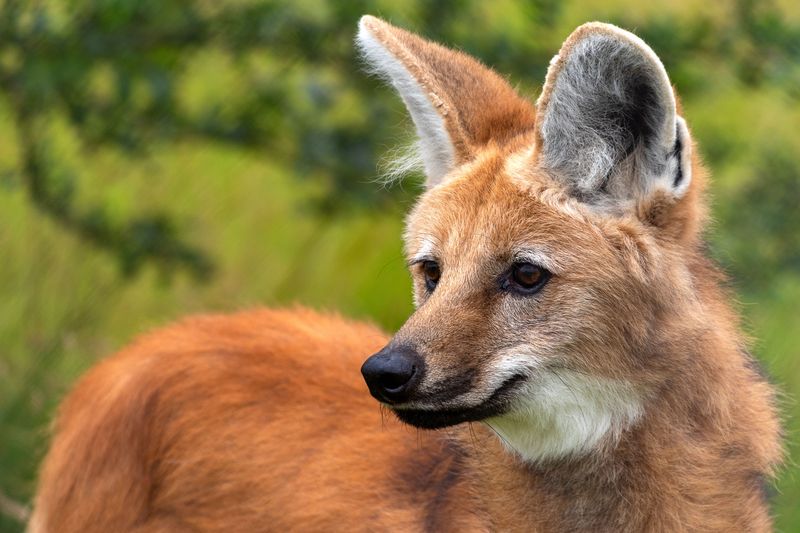
South America’s maned wolf looks like a fox on stilts! Standing nearly 3 feet tall on impossibly long legs, these stunning creatures sport bright orange-red fur and distinctive black manes.
Despite their name, maned wolves aren’t true wolves at all. They represent the sole surviving species of their own evolutionary branch, with no close living relatives. Their diet is equally unusual – about 50% of their food comes from fruit and vegetables rather than meat.

